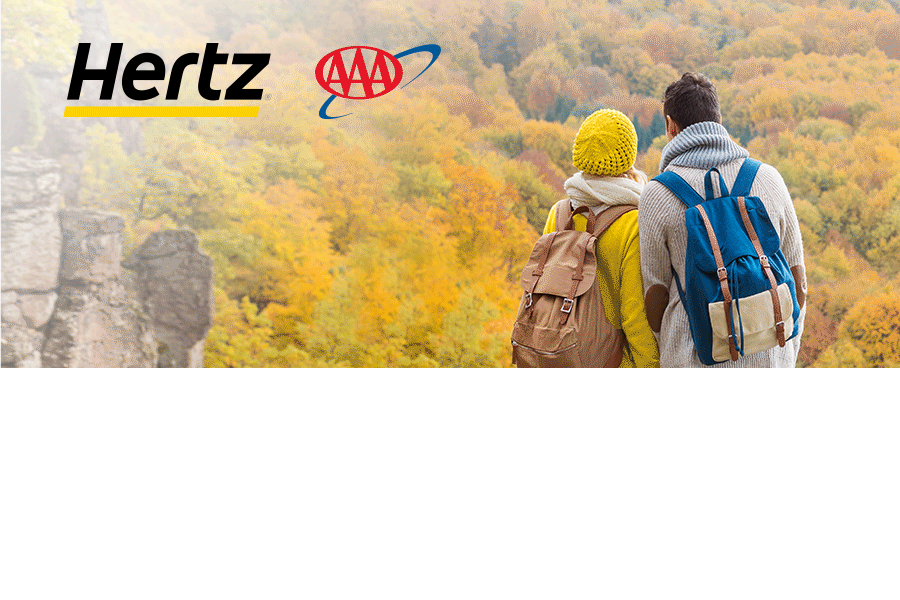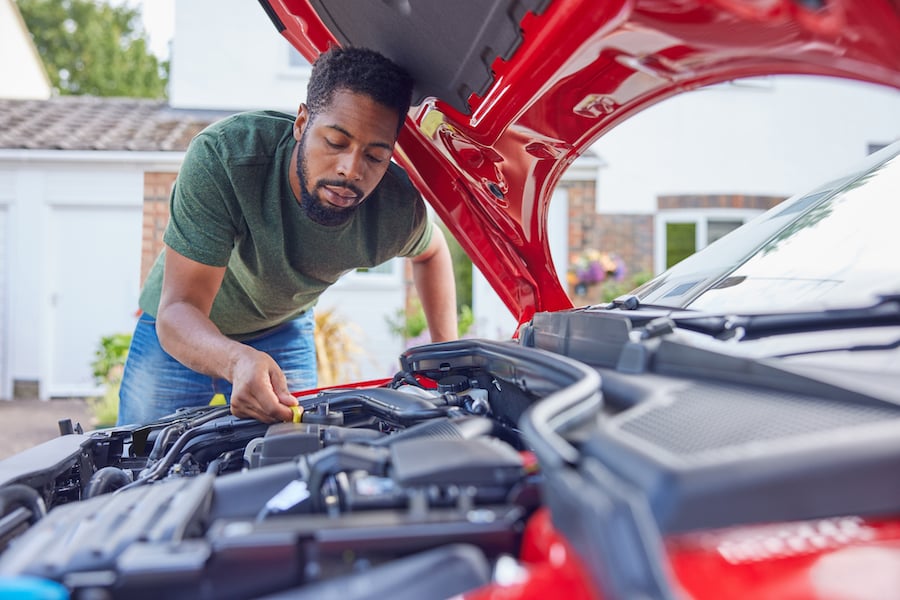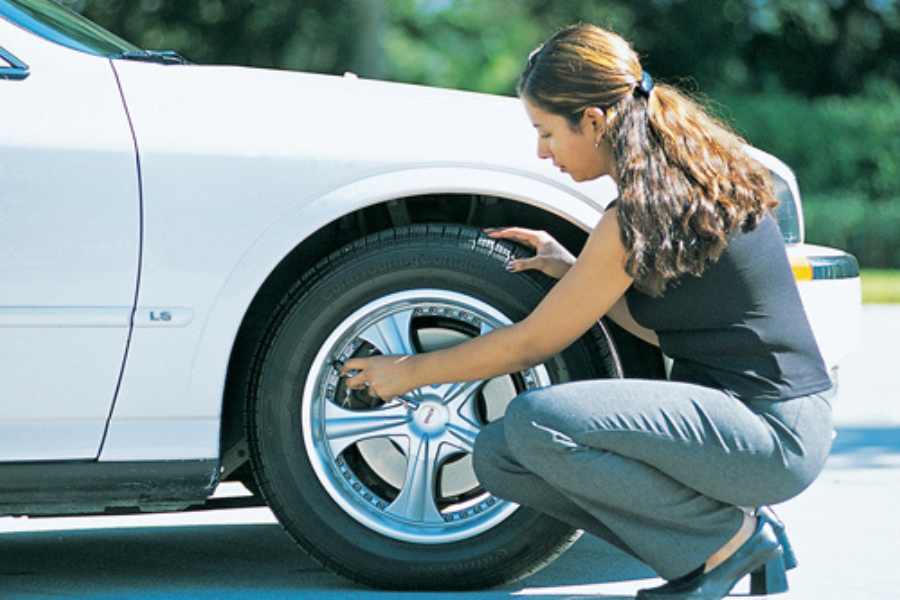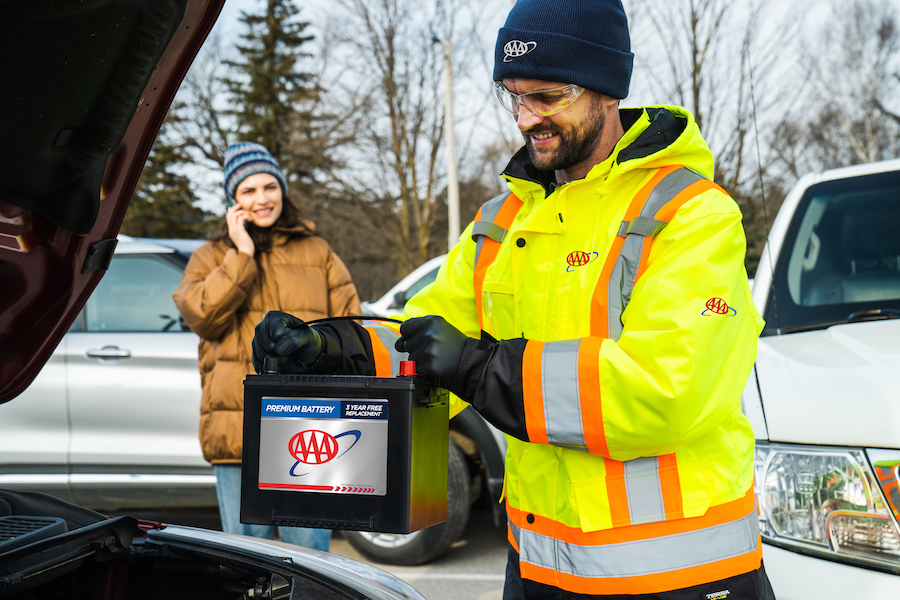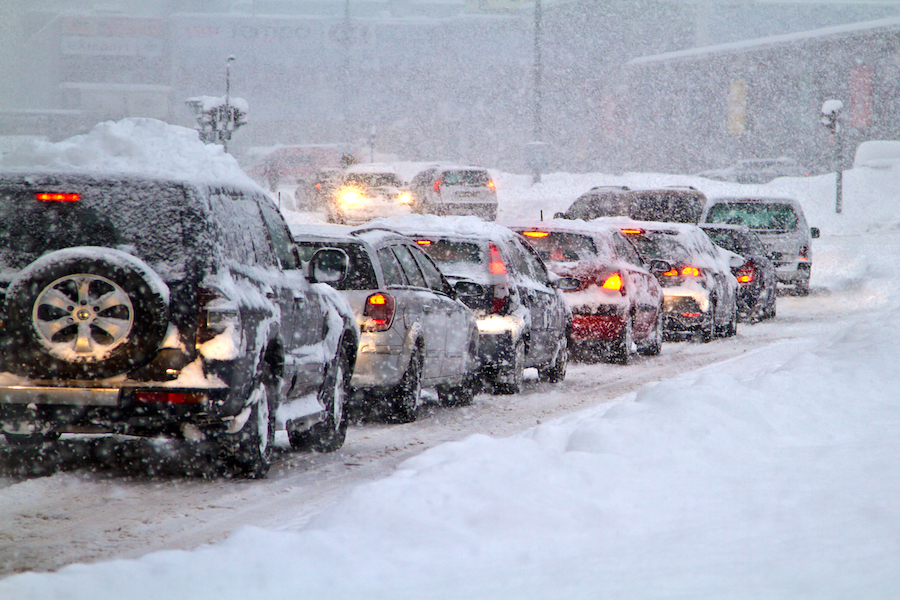Wet Weather Driving Advice
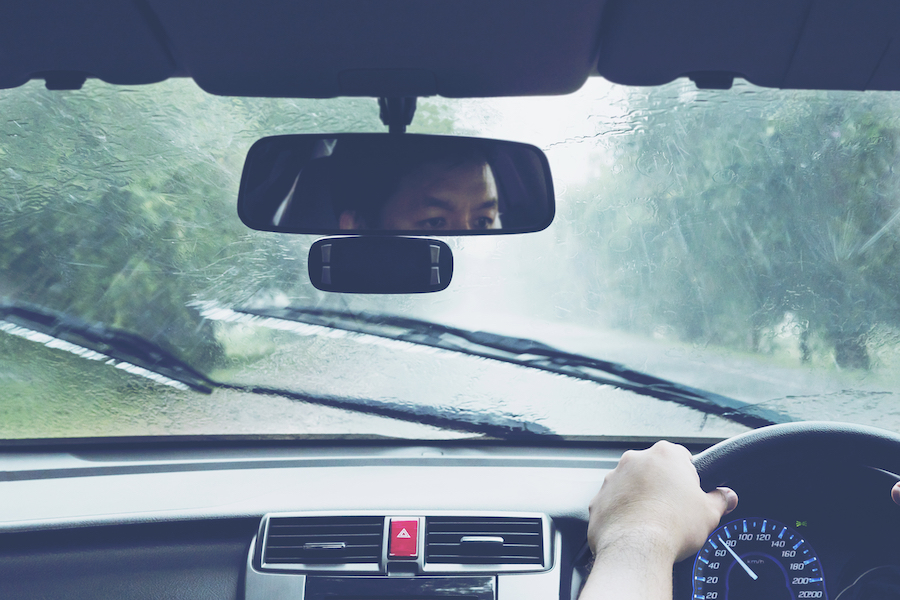
Spring and summer showers may mean flowers, but wet pavement contributes to nearly 1.2 million traffic crashes yearly. Here are five things you need to know when the raindrops start falling.
Safety Starts Before You Hit the Road
Your goal is to see and be seen. Replace windshield wiper inserts that leave streaks or don’t clear water from the glass in a single swipe. Ensure all headlights, taillights, brake lights, and turn signals are functioning properly so other drivers will see you during downpours. And since most new vehicles come equipped with driving assistance technology, keep your vehicle’s sensors clean and clear. And don’t forget, when you turn on your wipers, turn on your headlights too.
Tires: The Only Part of Your Vehicle That Touches the Road
Proper tire tread depth and pressure are vital to maintaining good traction on wet roadways. Check tread depth with a quarter inserted upside down into the tire groove. If you can see above Washington’s head, it’s time to start shopping for new tires. Check each tire’s pressure, including the spare, when the tires are cold.
Avoid Cruise Control
Many vehicles feature cruise control. This feature works great in dry conditions, but the chance of losing control of the vehicle can increase when used in wet conditions. To prevent loss of traction, the driver may need to reduce the car’s speed by lifting off the accelerator, which cannot be accomplished when cruise control is engaged.
When driving in wet weather conditions, it is essential to concentrate fully on every aspect of driving. Avoiding cruise control will allow the driver more options when responding to a potential loss-of-traction situation, thus maximizing your safety.
Slow Down and Make Space
Slowing down during wet weather driving can reduce a car’s chance of hydroplaning when the tires ride on a film of water. With as little as 1/12 inch of water on the road, tires must displace a gallon of water per second to keep the rubber meeting the road. Drivers should reduce their speed to correspond to the water on the roadway. At speeds as low as 35 mph, new tires can still lose some contact with the roadway.
To reduce the chances of hydroplaning, drivers should slow down and avoid hard braking or turning sharply. Also, motorists need to maintain an abundance of space between cars by increasing the following distance behind the vehicle ahead (i.e., to five or more seconds behind) and begin slowing down to stop for intersections, turns, and other traffic early.
Don’t Rely on Vehicle Safety Technology
Vehicle safety systems like automatic emergency braking should only be considered “backups” for good driving practices. It may be better to drive as if you don’t have them and allow the systems to support you if needed. And remember that a focused driver is the most effective technology in the vehicle.
Overall, you want to be extra cautious in wet weather. Slow down, avoid hard braking or turning sharply, and allow ample stopping distance between you and the cars in front of you. Also, do these things one at a time. Brake, then turn, then accelerate.

